When you apply for a mortgage, lenders don’t just look at your income and deposit — they look closely at your living expenses. Why? Because they need to know if you can realistically afford the repayments.
Banks use something called the Household Expenditure Measure (HEM) as a benchmark. But here’s the catch: while HEM gives them a baseline, they’ll still want your detailed spending broken down category by category.
At TMAP, we teach our students how to prepare for this so there are no surprises at application time.
💡 Budgeting Basics
Even if the bank uses HEM, you should know your own numbers. Here are two simple frameworks:
- 50/30/20 Rule
- 50% Needs (housing, food, bills)
- 30% Wants (dining out, subscriptions, fun)
- 20% Savings/Debt (building wealth or paying down loans)
- General Guidelines
- Housing: 25–35%
- Food: 10–15%
- Transport: 10–15%
- Utilities: 5–10%
- Insurance: 10–20%
- Savings: 10–15%
- Recreation: 5–10%
- Clothing/Personal: 2–10%
🧾 Core Expense Categories Lenders Check
When the bank assesses your application, expect to report spending across areas like:
- General living: pets, gifts, hobbies, donations
- Housing bills: electricity, water, rates
- Transport: fuel, rego, tolls, public transport
- Food/housekeeping: groceries, cleaning products
- Personal care: clothing, haircuts, grooming
- Subscriptions: phone, internet, Netflix, Spotify
- Entertainment: restaurants, cinemas, hobbies
- Childcare & education: daycare, school, uniforms, excursions
- Medical/health: GP visits, scripts, dental
- Insurance: car, health, home, contents, pet
👉 Lenders may also ask about extra costs such as body corporate fees, private schooling, child support, or income protection insurance.
🏘️ What About Investment Properties?
If you already own property, banks will look at the ongoing costs:
- Mortgage interest
- Rates and levies
- Management fees
- Insurance and maintenance
📉 What Changes After You Buy
Expect some expenses to shift once you settle into your new home:
- Rent/board: disappears.
- New property costs: start (furniture, setup).
- Bills/insurance: usually rise.
- Transport: could increase or decrease depending on your new commute.
- Savings/entertainment: often tighten up at first.
💰 Real-Life HEM Examples (2025)
These are lender benchmarks for a modest lifestyle:
- Single Adult: $1,600–$2,000 per month
- Family of 4: $3,500–$4,500 per month
- Family of 6: $4,500–$5,800 per month
✅ Your Next Step
If you’re preparing for a loan application:
- Break down your spending into the above categories.
- Compare your current expenses vs. what they’ll look like after you buy.
- Trim back discretionary costs now to boost your borrowing position.
At TMAP Money, we help our students get this right from day one. The goal isn’t just to qualify for the loan — it’s to build long-term financial habits that put you firmly in the Wealth Game.
👉 Book a chat with TMAP Money and let us show you how to structure your finances for property success.





